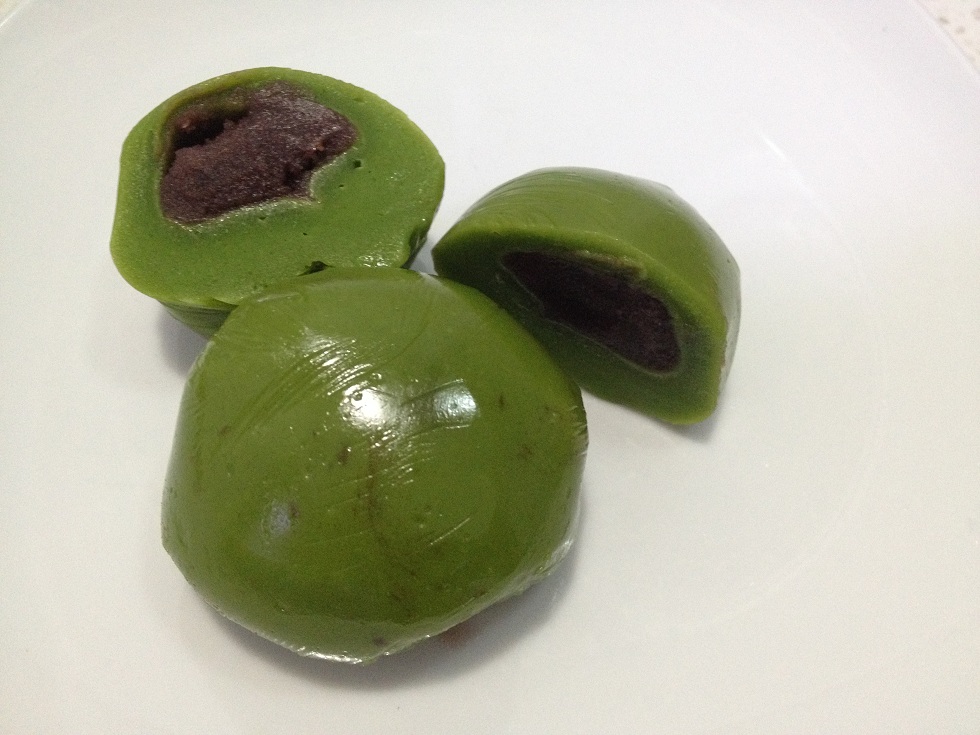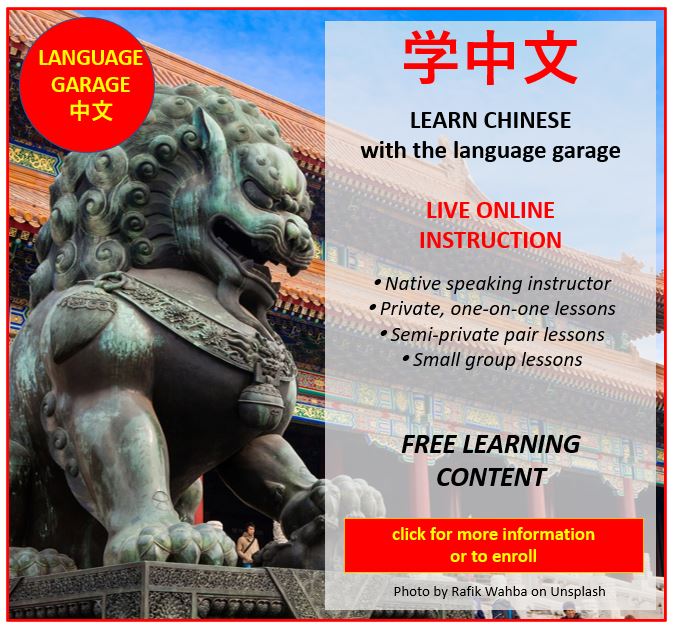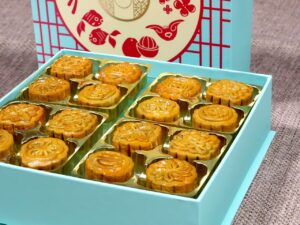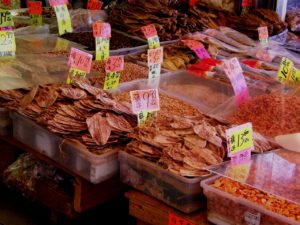China’s 清明节 Qingming Festival, or Tomb-Sweeping Day: Honoring Ancestors and Welcoming Spring
In this post we’ll learn about China’s Qingming Festival, also known as Tomb-Sweeping Day. 清明节 Qīngmíng Jié (Qingming Festival), is a deeply rooted tradition that blends ancestor worship with the celebration of spring. People observe the festival on April 4th or 5th, and it is a time for Chinese families to honor their ancestors while also enjoying the beauty of nature’s renewal.
Origins and History of China’s Qingming Festival
China’s Qingming Festival dates back over 2,500 years to the Zhou Dynasty (1046–256 BCE). The name 清明 Qīngmíng means clear and bright. It captures the fresh and lively atmosphere of spring.
The festival commemorates the legend of 介子推 Jièzǐ Tuī, a loyal minister of the Spring and Autumn period (770–476 BCE). After he sacrificed himself for his lord 姬重耳 Jī Chóng’ěr, the Duke Wen of Jin, the duke ordered a fire ban in his honor. This led to the 寒食节 Hánshí Jié (the Cold Food Festival), during which people ate only cold foods. Over time, this tradition merged with ancestor worship. This gave rise to the modern Qingming Festival, which also came to be known as Tomb-Sweeping Day.
How Qingming Festival is Celebrated Today
Modern Qingming customs include tomb-sweeping, offering food, and burning 金纸 jīn zhǐ (joss paper) as a sign of respect. It is also a day for enjoying springtime activities.
The tradition of 扫墓 sǎo mù (Tomb-Sweeping) is an important part of the festival. Families visit cemeteries to clean the graves of their ancestors, remove weeds, and place fresh flowers. They bring offerings such as fruit, tea, wine, and cooked dishes, all of the foods their ancestors enjoyed in life.
The practice of 烧纸 shāo zhǐ (paper burning) involves burning 金纸 jīn zhǐ (joss paper). Joss paper is a kind of paper that people burn as offerings during ancestral worship. To ensure their ancestors have a comfortable afterlife, people burn 纸钱, zhǐqián (joss paper money) as well as paper models of items like houses, cars, and clothing.
Many families take advantage of the spring weather for 放风筝 fàng fēngzhēng (kite flying). They sometimes attach small lanterns to them at night. Some people believe that cutting the string and letting the kite drift away can ward off bad luck.
Since Qingming coincides with the peak of spring, it is also a day for enjoying nature. The festival is the perfect time for various spring 踏青, tàqīng (outings). Families go for walks, admire blooming flowers, or have picnics in the countryside.
Qingming Festival Foods
Tomb-Sweeping Day is not as food-focused as other Chinese festivals, but Qingming does have a few signature dishes. One iconic food (pictured above) is 青团 qingtuan, which are stick rice dumplings made from glutinous rice flour mixed with 艾草 àicǎo (mugwort). They have a unique green color, and they are usually filled with sweet red been paste. They are meant to symbolize spring’s renewal.
In some regions, remnants of the寒食节 Hánshí Jié (Cold Food Festival) tradition persist. This means that people eat foods that do not require cooking, such as cold noodles or boiled eggs.
Get on the road to speaking Chinese with the Language Garage!
We hope you’ve enjoyed learning about China’s Qingming Festival, also known as Tomb Sweeping Day. If you’d like to learn more:
- Follow us on Facebook, LinkedIn, BlueSky, Twitter, Threads, Instagram, or Pinterest. We publish lots of Chinese vocabulary, grammar, and culture notes, so it’s a great way to pick up some new vocabulary and practice.
- Check out our other posts on Chinese language, culture, and more.
- Enroll in affordable, flexible, and personalized private online Chinese lessons or sign up for a small group online Chinese class.
- Create a free Language Garage account to access tons of Chinese vocabulary, grammar, and culture.
Image Source Wikimedia Commons






